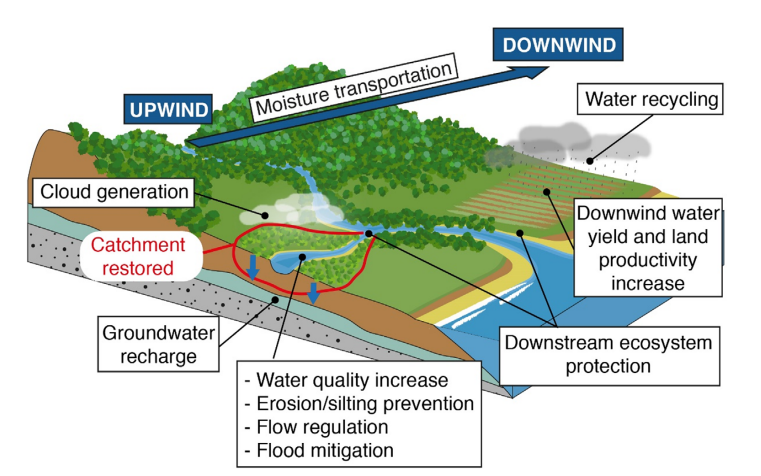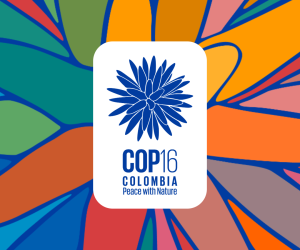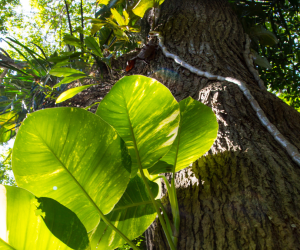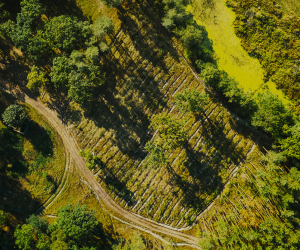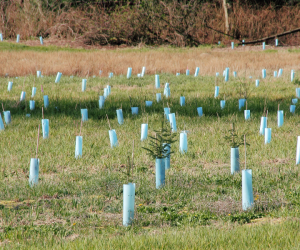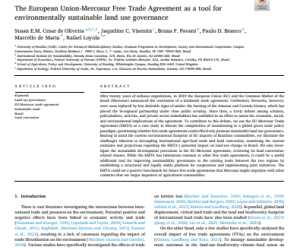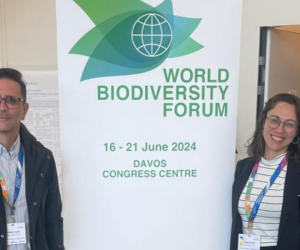Publications > Article
Shedding light on the complex relationship between forest restoration and water services
Although native vegetation is a determinant of aquatic ecosystems’ maintenance, forest restoration has been linked to decreases in water yields worldwide. In the article, the authors clarify linkages between forest restoration and water services and identify gaps in the literature critical for evaluating the benefits of forest restoration on water yields. Also, it’s discuss possible strategies to improve forest restoration planning and implementation.
The authors argue that the apparent disconnect between estimates in the literature and real-world observation reflects the limitation of studies, methods, and approaches in capturing forest and water relationships’ complex nature. Future research should focus on hydrologic parameters other than annual streamflow flow (such as infiltration, groundwater recharge, and flow regulation) and encompass broader spatial–temporal scales. More empirical studies are needed, especially in the tropics, as the forest–water dynamics in these areas are unique and poorly understood. Filling this gap is critical to improving the decision-making process related to water management and governance.
The authors highlight implications for Practice as:
- A better understanding of forest restoration impacts on water services (including flow regulation, groundwater recharge, precipitation recycling, and water quality) is paramount to defining target areas to be restored around the globe.
- The impacts of forest restoration on water vary with time and depend on where and how restoration interventions are implemented. To design the best restoration strategy, we must consider who benefits from or might be impacted negatively by unintended consequences on water services.
- Scaling up ecosystem restoration actions is the challenge posed to the world by The UN Decade on Restoration (2021–2030). We believe that the hydrological dimensions can provide an excellent argument to scale restoration by stimulating partnerships at regional and global scales while considering local beneficiaries.
